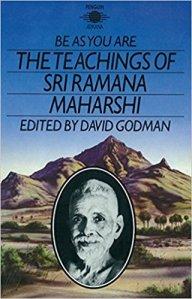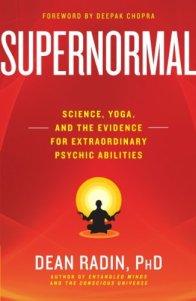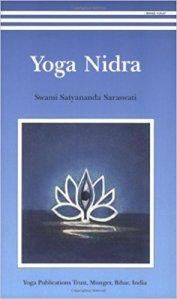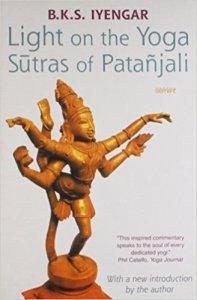
5.) Be As You Are: The Teachings of Sri Ramana Maharshi: This book, which is presented in Q&A format, explores Sri Ramana's approach to , and explains atma-vichara, the exercise of self-enquiry that Ramana proposed was the key to self-realization.

4.) by Dean Radin: Okay, this is an unconventional choice for the list but bear with me. (I mostly included it because I like to have an under-the-radar entry in these lists, and this seems like one that could have been missed readers of works on yoga.) Radin is a paranormal researcher who, in this case, has investigated the topic of siddhi, which are the controversial powers that Patanjali discusses in the third section of The Yoga Sutras, but which many deny are real.

3.) Sure Ways to Self-Realization by Swami Satyananda Saraswati: This is the Bihar School of Yoga guide to meditation, and it covers both yogic meditation methods and those from other disciplines (e.g. Buddhism, Taoism, Western / scientific [e.g. biofeedback], etc.) By "meditation," here I mean more than dhyana. This book uses the word in a broader and more colloquial sense that includes some practices that are normally considered pratyahara (withdrawal of senses) or dharana (concentration.)

2.) by Swami Satyananda Saraswati: Yoga Nidra (yogic sleep) is a sustained hypnogogic state - i.e. the state of mind on the edge between wakefulness and falling into sleep. It is used both as an intense relaxation exercise as well as to access the subconscious to plant seeds therein.

1.) Light on the Yoga Sutras of Patanjali: (Sutras by Patanjali with commentary by B.K.S. Iyengar): This isn't - strictly speaking - only about the mental side of yoga, but, in the Sutras, Patanjali makes clear that yoga is a tool to advance mental calm and clarity. There are many translations and commentaries available. Commentaries are useful because the 196 sutras are extremely sparse. Iyengar's book is probably one of the most approachable translation / commentaries for a modern reader.
